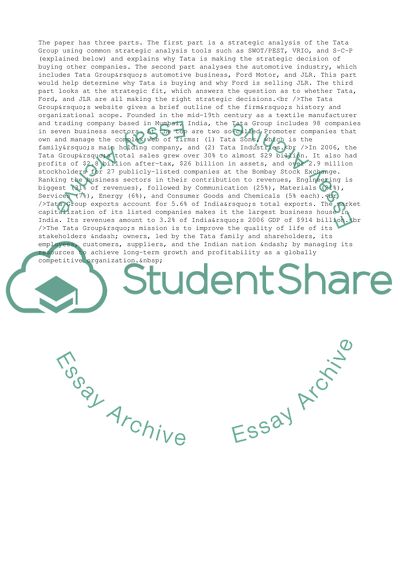Cite this document
(A Strategic Analysis of the Proposed Takeover Term Paper, n.d.)
A Strategic Analysis of the Proposed Takeover Term Paper. https://studentshare.org/business/1711258-globalization-complexity-and-sustainability
A Strategic Analysis of the Proposed Takeover Term Paper. https://studentshare.org/business/1711258-globalization-complexity-and-sustainability
(A Strategic Analysis of the Proposed Takeover Term Paper)
A Strategic Analysis of the Proposed Takeover Term Paper. https://studentshare.org/business/1711258-globalization-complexity-and-sustainability.
A Strategic Analysis of the Proposed Takeover Term Paper. https://studentshare.org/business/1711258-globalization-complexity-and-sustainability.
“A Strategic Analysis of the Proposed Takeover Term Paper”. https://studentshare.org/business/1711258-globalization-complexity-and-sustainability.


